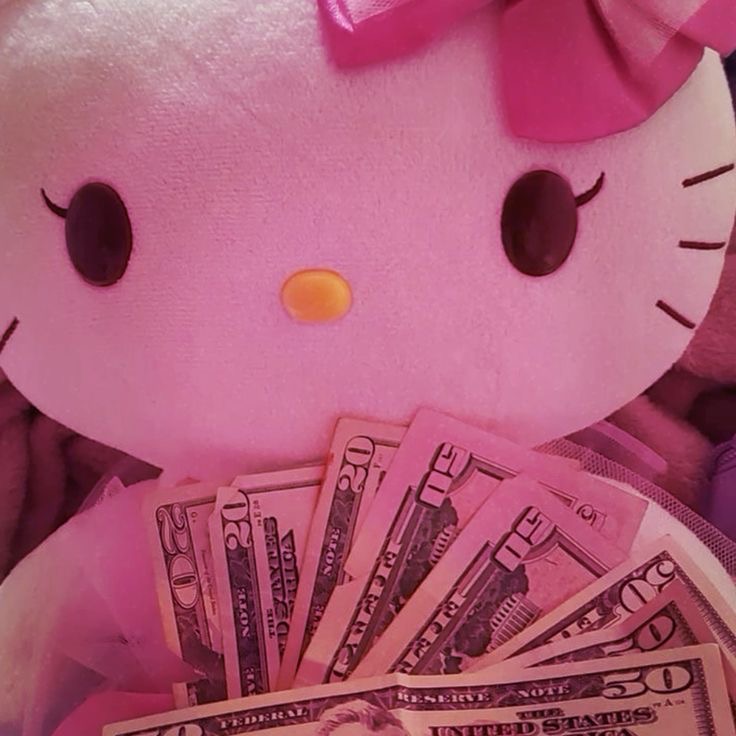Haloalkane
Cards (51)
- What are haloalkanes?
- How are haloalkanes with two different halogen atoms named?
- Why can haloalkanes be attacked by nucleophiles?
- What type of bond is created by an electronegative halogen atom in a haloalkane?
- Why does water react more slowly as a nucleophile compared to other nucleophiles?
- What are haloalkanes hydrolysed into in nucleophilic substitution reactions?
- What conditions are required for the hydrolysis of haloalkanes?
- During heterolytic bond breaking, which atom takes both bonding electrons?
- In the reaction mechanism for nucleophilic substitution, what does the hydroxide ion do?
- What products are formed in the nucleophilic substitution reaction of haloalkanes with hydroxide ions?
- Besides an alcohol and halide ion, what other product is formed when water is the nucleophile?
- What is the main reason for different rates of hydrolysis among different haloalkanes?
- Which carbon-halogen bond has the highest bond enthalpy?
- Which haloalkane reacts the slowest?
- Which haloalkane reacts the fastest?
- What is dissolved in ethanol in the experimental method for testing hydrolysis rates?
- What reagent is added to react with halide ions formed in the substitution reaction?
- What type of product is formed when silver nitrate reacts with halide ions?
- What color is silver chloride precipitate?
- In what solution is silver chloride precipitate soluble?
- What color is silver bromide precipitate?
- In what solution is silver bromide precipitate soluble?
- What color is silver iodide precipitate?
- In what solution is silver iodide precipitate soluble?
- Which precipitate is expected to appear first in the hydrolysis experiment?
- Why were CFCs used in aerosols and fridges?
- What elements do chlorofluorocarbons contain?
- Why were CFCs banned?
- What does the ozone layer protect us from?
- What is the chemical formula for ozone?
- What are free radicals?
- How is ozone formed in the upper atmosphere?
- What type of fission produces oxygen free radicals from oxygen molecules?
- How are chlorine radicals formed from CFCs?
- What role do chlorine radicals play in ozone depletion?
- Besides chlorine radicals, what other radicals contribute to ozone layer depletion?
- How are nitrogen oxides produced?
- How are nitrogen oxide radicals formed?
- What role do Cl and NO free radicals play in the ozone layer depletion reaction?
- When were CFCs banned?
